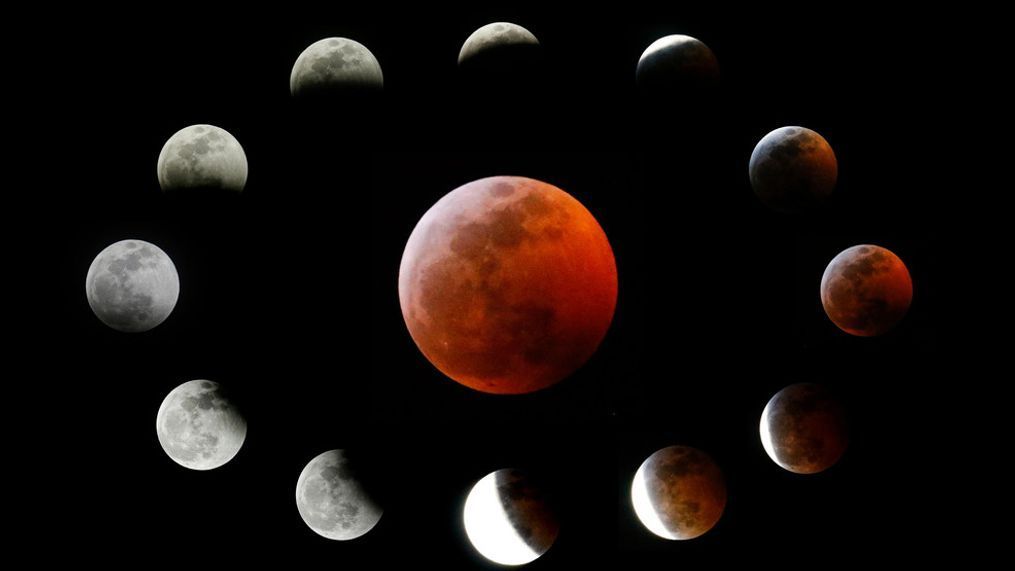Total eclipse of blood supermoon May 26: 'Farther west you are, the more you'll see'
EUGENE, Ore. (KMTR) — The second supermoon of 2021 arrives May 26, nearly 100 miles closer to Earth than last month's full moon - and the closest the moon will come to us all year.
But that's not all!
"May 26 brings a total lunar eclipse," according to NASA. "For the U.S., the best viewing will be in Hawaii, Alaska, and the western states."
IF YOU SEE IT: Share Your Videos & Photos
According to NASA:
Over several hours, the Moon will pass through Earth's shadow, causing it to darken and usually become reddish in color.
The red color comes from sunlight filtering through Earth's atmosphere – a ring of light created by all the sunrises and sunsets happening around our planet at that time.
Because of the reddish color, a lunar eclipse is often called a "blood moon."
Just how red it will look is hard to predict, but dust in the atmosphere can have an effect. (And keep in mind there have been a couple of prominent volcanic eruptions recently.)
OK, you had me at "supermoon" - now you've added "blood moon" and "total eclipse" to the mix? Go on ...
According to NASA:
The term "supermoon" was coined by astrologer Richard Nolle in 1979 and refers to either a new or full Moon that occurs when the Moon is within 90% of perigee, its closest approach to Earth.
Since we can't see a new Moon (except when it passes in front of the Sun), what has caught the public's attention in recent decades are full supermoons, as these are the biggest and brightest full Moons for the year.
But here's the best news:
"The farther west you are, the more of the eclipse you'll be able to see before the Moon sets that morning. Those in the western half of the country will be able to see almost the entire eclipse," according to NASA.
But if you aren't a night owl, you'll have to stay up late - or get up early.
The moon will begin to show signs of the eclipse beginning around 1:47 a.m. PDT with the initial penumbral eclipse.
The partial eclipse begins at 2:44 a.m. The moon reaches full eclipse at 4:11 a.m. PDT and maximum eclipse about 7 minutes later. The full eclipse will end by 4:25 a.m.
Viewers in Western Oregon will be unable to see the partial and penumbral eclipses come to end because the moon will have disappeared below the horizon - if the weather cooperates.




